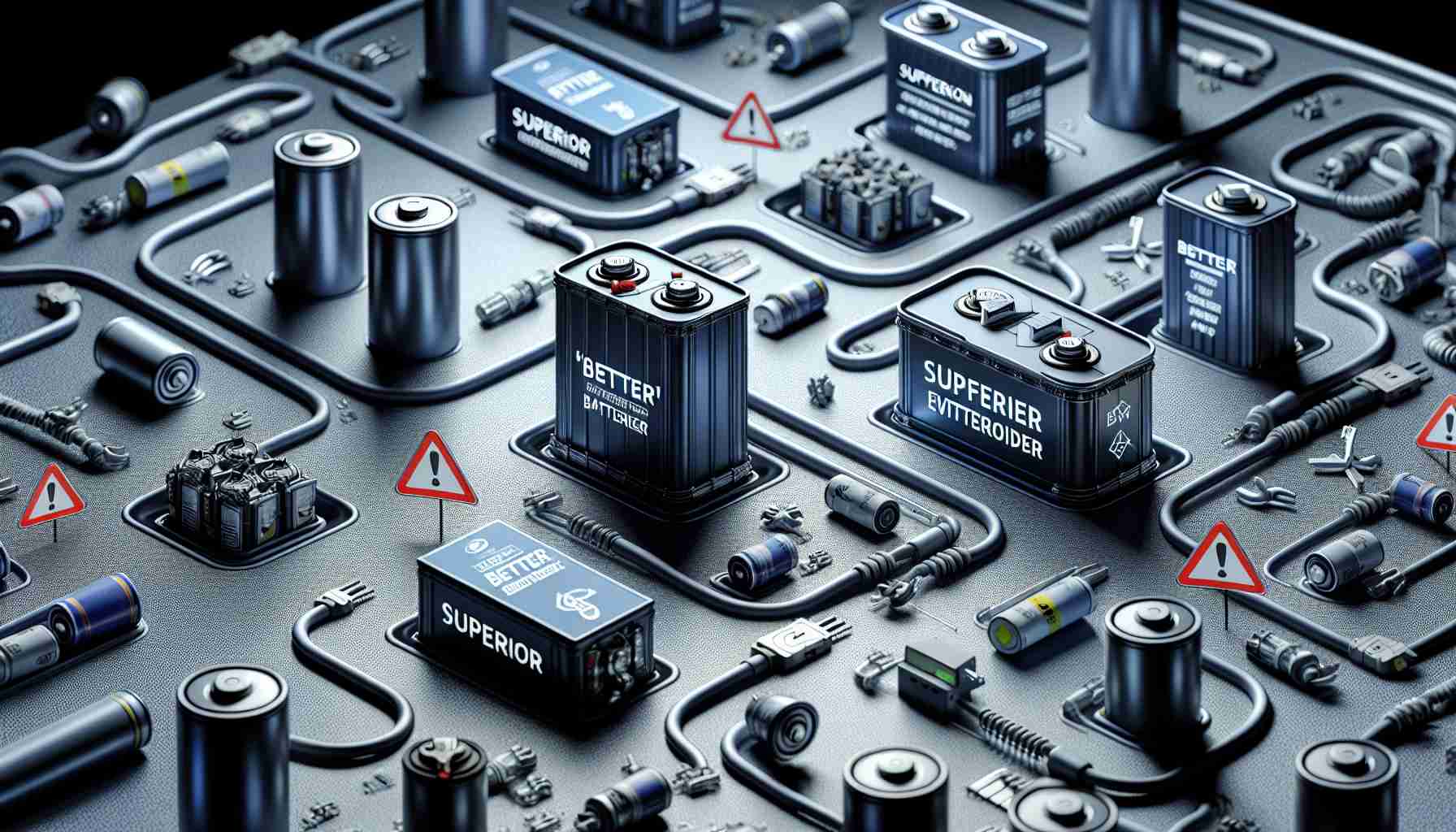The LFP Battery Dilemma
Lithium iron phosphate (LFP) batteries bring several advantages to the table. They’re cost-effective, durable, and quick to charge. Yet, they aren’t the go-to choice for every electric vehicle (EV), primarily due to some notable drawbacks.
The most significant challenge with LFP batteries is their lower energy density. Simply put, an LFP battery provides fewer miles per charge compared to its counterparts. Although the rapid charging capability can mitigate this issue for frequent short trips, potential buyers often prioritize maximum range.
Another hurdle is their underwhelming cold-weather performance. In low temperatures, LFP batteries not only see a significant drop in range but also face difficulties in recharging. However, innovative solutions are in the works. For instance, some companies employ advanced thermal conditioning systems to improve cold-weather usability.
On the flip side, LFP batteries are economical to produce but have lower recycling value. This could lessen the incentive for recycling, but fortunately, they remain easy to recycle.
Despite these challenges, many manufacturers are embracing LFP technology for its cost benefits. Mercedes-Benz chose LFP cells for its eSprinter van, focusing on durability and low maintenance. Likewise, Ford sees a future where frequent charging alleviates range concerns, allowing LFP technology to thrive as charging infrastructure expands.
Looking ahead, the production of LFP batteries is expected to surge, driven by major players like CATL and LG Energy Solution. As global momentum builds, having LFP technology on hand may become crucial for vehicle manufacturers aiming to scale effectively.
Revolutionary Impact: How LFP Batteries are Shaping the Future of Technology and Beyond
The Transformation of Technological Landscapes with LFP Batteries
While the popularity of lithium iron phosphate (LFP) batteries in the electric vehicle (EV) sector is increasing, their potential impact goes far beyond the automotive industry. LFP technology is hailed for its unique attributes of affordability and safety, but what does this mean for technological advancement and humanity’s progress as a whole?
Interesting Facts and Controversies Surrounding LFP Batteries
LFP batteries, while lower in energy density, come with a crucial advantage: enhanced safety. They are notably more stable at high temperatures compared to nickel manganese cobalt (NMC) batteries, greatly reducing the risks of thermal runaway and fires. This safety feature makes them attractive not just for vehicles but also for home energy storage systems and increasingly vital grid applications.
A controversy worth considering is the environmental impact of battery production itself. While LFP batteries boast simpler and potentially more environmentally friendly recycling processes due to not using cobalt and nickel, the mining of lithium still poses ecological and ethical challenges. Balancing the growth of this technology with sustainable practices remains an ongoing conversation.
Advantages and Disadvantages: A Balanced View
Advantages:
1. Cost-Effectiveness: LFP batteries are cheaper to produce, making renewable energy solutions more accessible.
2. Safety: Enhanced thermal stability reduces fire hazards.
3. Longevity: They can withstand more charge cycles, enhancing the longevity of storage systems.
Disadvantages:
1. Energy Density: The lower energy density necessitates larger battery packs for similar mileage in EVs.
2. Cold Weather Performance: Limitations in colder climates can restrict their geographical viability unless supplementary technologies are used.
3. Recycling Incentives: Their lower recycling value could potentially reduce the push for establishing robust recycling systems despite their easier recyclability.
Critical Questions Explored
How do LFP batteries influence the future of energy storage and grid resilience?
LFP batteries’ robust safety profile and longevity make them ideal candidates for integrating renewable energy sources like solar and wind. They can provide reliable backup during peak demands, contributing significantly to grid resilience and the decentralized power generation movement.
Is the shift towards LFP batteries in the automotive industry sustainable?
The automotive industry’s pivot towards LFP technology depends on continuous advancements in charging infrastructure and battery performance in extreme conditions. Strategic placement of fast chargers and incorporating technologies like thermal management will make these batteries even more viable.
Concluding Thoughts: LFP’s Broader Impact on Humanity and Technology
As the demand for renewable energy solutions grows, LFP batteries stand as a key enabler in the global shift towards cleaner energy. Their advancements accelerate not only the electrification of transport but also play a pivotal role in reshaping energy storage paradigms, paving the way for sustainable progress in different sectors. The ongoing exploration of technological enhancements and environmental stewardship will determine the pace and scale of their successful integration.
For more insights, visit Tesla and BYD, pioneers in integrating LFP technology into their systems.







